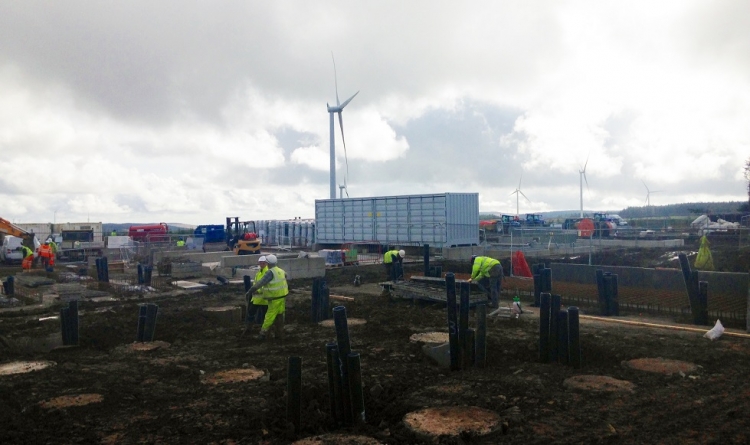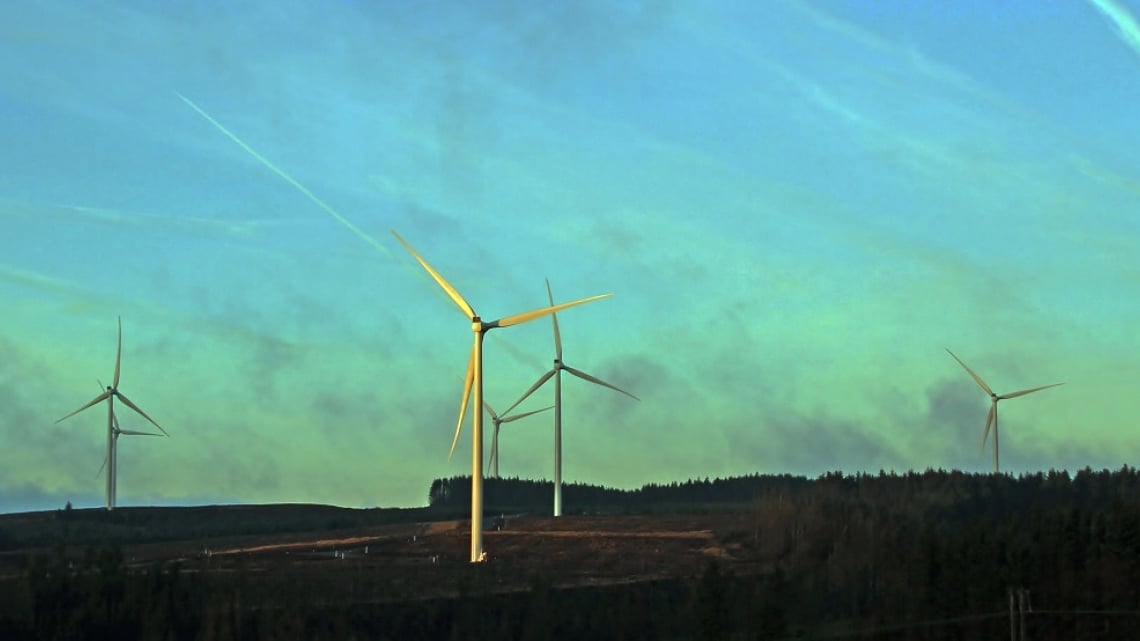
No one moment took energy storage into the mainstream of the UK power system more than the outcome of transmission system operator (TSO) National Grid’s August 2016 tender for Enhanced Frequency Response (EFR).
The new service, seeking just 200MW of capacity, attracted over 1.5GW of applications and the seven companies to have won eight contracts between them have had the eyes of the sector trained on them since.
After some pre-construction acquisitions, seven winners fell to six after Foresight entered the fray picking up projects from RES and Belectric, while Enel bought its way in through Element Power’s contract. And after a quiet but competitive race, it was E.On who crossed the line first with completion of its EFR project last month.
Some EFR developers have taken a more leisurely approach in order to complete other more pressing projects in the meantime. One such winner is Vattenfall, which is scheduling the completion of its project for 28 February 2018.
Try Premium for just $1
- Full premium access for the first month at only $1
- Converts to an annual rate after 30 days unless cancelled
- Cancel anytime during the trial period
Premium Benefits
- Expert industry analysis and interviews
- Digital access to PV Tech Power journal
- Exclusive event discounts
Or get the full Premium subscription right away
Or continue reading this article for free
High up in the rural hills of south Wales sits Pen y Cymoedd wind farm, the largest onshore project in Wales at 228MW, which was opened recently by first minister Carwyn Jones.
Nestled among the 76 turbines is, when our sister site Clean Energy News visited last month, what appears only as a small building site with a single shipping container sat in the middle. What this simple scene belies is the site of Vattenfall’s 22MW battery which, once completed, will offer sub-second frequency response to National Grid. It marks a first for the Swedish company, which is developing its maiden battery storage in the UK through the EFR win.
As Vattenfall’s senior project manager in charge of planning and operations Stephen Holdroyd explained, a total of 500 individual batteries from BMW will be used. The first were delivered in the final week of September, with the rest of the site a hub of development activity in preparation for the four additional shipping containers destined to join the site.
“We were lucky to win the tender from National Grid last year for an EFR battery which will effectively deliver 22MW for half an hour. The commissioning date is the 28 February next year and as things stand we’re on target to achieve that date,” Holdroyd said.
‘Almost vertical learning curve’
By winning a contract along with the seven other winners, Vattenfall joins the small number of companies to be dealing with an EFR contract for the first time. As a new service called for by National Grid, none of these companies had experience in meeting its demands and as Holroyd explained, the process has been anything but simple.
“Nothing’s been straightforward, there’s been a lot of work internally within Vattenfall to understand what we need to do to deliver on the EFR contract. The whole deadband issues, when you can charge and when you can’t, when you’re charged for charging and when you’re not and trying to work all that out into some form of business model was quite complicated,” he said.
“This was a very steep, almost vertical learning curve so I think we’ll be ready for whatever National Grid dream up next. Any National Grid contract is never straightforward but we’ve got the right people on the job, we understand what it is we need to deliver and we’re on target.”
While this is surely the case, EFR in itself only offers four years of revenue meaning despite the very select – and “lucky” – few to have won contracts, these firms like any others developing storage will need to build other revenues around their batteries.

Future-proofed investment in batteries
The demands of the EFR mean that the Capacity Market offers the only other viable source of income – Vattenfall’s project recently entered pre-qualification for early 2018’s auction. However, according to Gunnar Groebler, senior vice president of Vattenfall’s wind division, the variable nature of batteries means they offer a future-proofed investment.
“The beauty with the battery is that you have a wide range of options of how to place a battery in an electricity system, be it EFR like here or back-up. So there’s much more flexibility around the business case with batteries. Here we have a four year contract with National Grid and after that we are merchant, or we find another way of offering that service to National Grid or anybody else,” he said.
“The flexibility around the business case is much higher so we’re taking to some extent a higher risk on the investment but also I think the flexibility provides us with some kind of genuine certainty that there is a business case for it.”
Like any co-located project, the sharing of infrastructure at Pen y Cymoedd means the capital expenditure of the project is lower than other new build projects – a factor which no doubt helped Vattenfall take the leap into UK storage.
‘Right direction’
While the regulatory and incentive landscapes for utility-scale storage remain uncertain as National Grid develops new products and services – likely meaning we won’t see these exact types of EFR contracts handed out again – the malleability of storage remains a key draw for Vattenfall in considering the future of the Pen y Cymoedd project and potential others.
Piers Guy, UK country manager, summed it up: “If we look at the cost of frequency stabilisation compared to the conventional way of doing it, the bigger picture is that it needs to happen. It’s going to have to happen and so whatever regulation put in place needs to work and I get the impression that they’re feeling their way with how best to deal with ancillary services, how best to create the right structure for the right revenue stream.
“Things are moving very quickly and we’re confident it’s in the right direction to invest in something like this, even if it’s a four year contract, because it’s flexible enough that we know that it will be competitive to offer other ancillary services going forward.”
With the next tranche of EFR projects expected throughout November and others in February alongside Vattenfall’s – all no doubt vying for Capacity Market contracts – they’ll all be up and running in time to see what National Grid has lined up next.
However, having adapted to the newest form of frequency response and with four years of delivery experience once the contracts end, Vattenfall and the rest of the class of 2016’s EFR auction will no doubt be set up better than many in tackling whatever is needed next from grid-level storage in the UK.
